Member Sign In
Login with email and password
No account yet? Register Now
How Facebook's Latest Algorithm Reduces Your Exposure
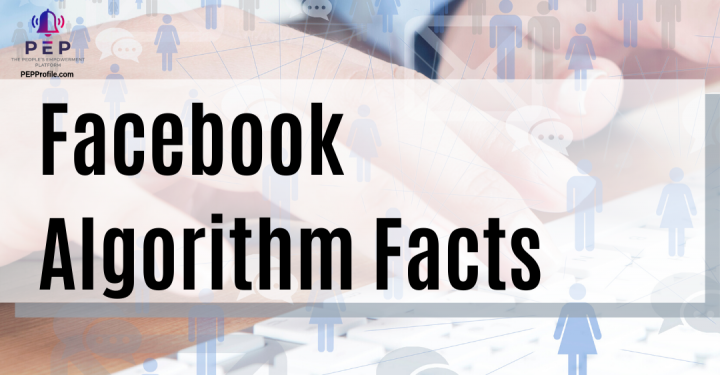
As marketers continue experiencing declining engagement rates on Facebook, this discussion takes a deeper look into how the social media giant’s new algorithm works and how you can counter it.
With over 2.32 billion monthly active users, Facebook cements its spot at the very top of every digital marketer’s priority list. However, the social media network has undergone drastic algorithm changes recently, and that has left brands concerned about their presence and exposure on the platform.
This discussion will unravel the mystery behind Facebook’s algorithmic changes, analyze their impact on your brand and further advise on how to safeguard your brand ‘page’ against dwindling exposure.
If you are managing a Facebook Business page, chances are you have noticed a decline in the number of followers who get to ‘view’ and ‘engage’ with the posts you publish on your page.
While ‘sponsored’ posts do experience higher visibility, organic post engagement has been on the decline for a few years now.
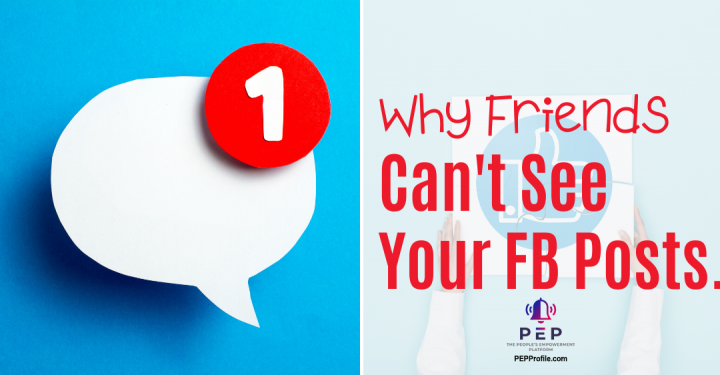
As you know, Facebook’s algorithm directly controls the order and presentation of all posts that are likely to be shown in your target audience’s newsfeed.
While other social media platforms present posts in chronological order, Facebook’s algorithm ‘decides’ what posts and ads are relevant to a specific user and presents them accordingly.
When Facebook launched its News Feedback in 2006, the algorithm was pretty simple to master.
Each post was assigned point values based on the content of the post. For instance, a post with just text would have lower points than a post that had a link or a visual cue.
Your News Feed’s ranking was then decided by multiplying a post’s format points with the number of people interacting with it. Pretty simple, right?
But the Modern News Feed is an evolved, powerful version that integrates machine learning to determine what shows up in your News Feed.
So, for example, if you never interact with any video that shows up on your News Feed, Facebook’s algorithm will pick up that cue and show you fewer videos over time.
This is why algorithm updates are so important to marketers – because they have the ability to increase, or as the case has been for some time, decrease the exposure allowed to your posts.
Consumers view organic posts are more trustworthy and credible, leading to more engagement. The higher the engagement you garner, the better for your exposure.
This is why organic reach is the holy grail of Facebook marketing if you’re looking to cultivate a strong brand presence and a loyal audience.
According to Facebook, organic reach is ‘how many people you can reach for free on Facebook by posting to your Page.’
Let’s see how organic reach has changed over the years.
Before 2007, brands used to experience increased exposure. The lack of competition, coupled with the basic algorithm, meant that brands could easily interact with the users.
In 2007, Facebook launched ‘Fan Pages’ which meant that anyone could create a page for their company or organization and publish posts. Social media marketing was still not the behemoth it is today but people were starting to get interested in the details – particularly about the visibility of their posts.
In 2012, a study revealed that the average organic reach of a Fan Page was only 16%. This was a sign of things to come from the social media giant.
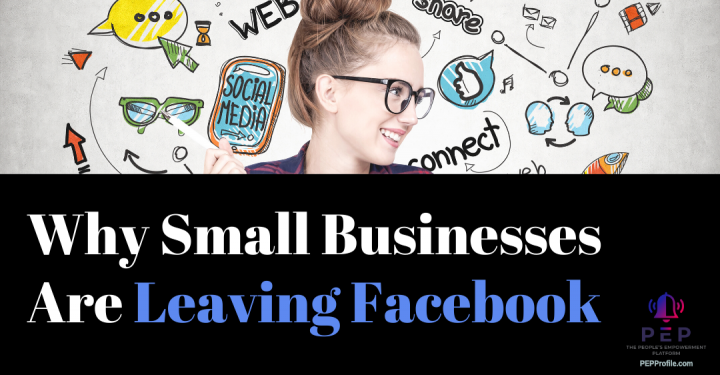
Here’s an image from an Edgeranker Checker study that was conducted from Feb 2012 to March 2014.
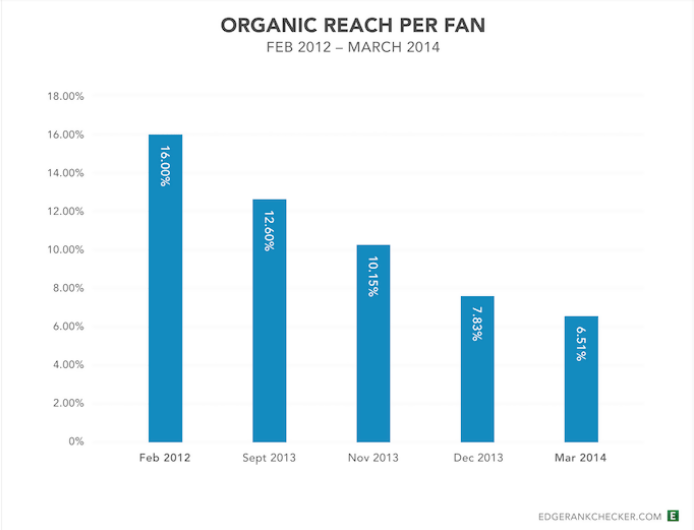
As you can see, the organic reach which was already stagnated at 16% took a nosedive to 6.5% at the end of 2014.
What that means is that a page with 100,000 fans would only have 6,500 fans viewing the post in their News Feed.
Later, in 2016, Facebook announced an algorithm change. Designed to enhance the visibility of your friend’s posts, Facebook warned that this can mean a further decline in the organic reach of brand page posts.
And they were right.
A SocialFlow research study conducted in 2016 revealed brands that experienced as much as a 42% decline in their organic reach within the first 6 months of the year.
They conducted a post-change survey to check how the update has affected the reach. To their dismay, the decline had steepened by another 10%.
In one of the biggest algorithmic updates since its inception, Facebook changed the goal of the News Feed in 2018.
It went from ‘focusing on helping you find relevant content’ to ‘helping you have more meaningful social interactions.’
Mark Zuckerberg expanded on this thought in an announcement where he stated:
“As we roll this out, you'll see less public content like posts from businesses, brands, and media. And the public content you see more will be held to the same standard -- it should encourage meaningful interactions between people.”
While organic reach has been caught in a downward spiral for quite some time, Facebook had never openly admitted it. However, this announcement changed everything.
Consistent posting and abiding by Facebook’s posting rules is no longer enough for pages to increase their exposure, their posts need to induce ‘meaningful interactions’ in order to gain visibility in the News Feed.
After the algorithm change of 2018, public pages on Facebook faced a considerable downfall in engagement rates. For some categories, it was as high as 50% (!)
Facebook is still integrating new updates into its algorithm. According to Wallaroom Media, Facebook has already updated its algorithm in April and May of this year.
Updates now focus on making the News Feed as personalized as possible, with weight given to people you interact with the most. From likes and comments to tagged photos and check-ins – various signals are used by Facebook’s algorithm to determine the posts to show to a user.
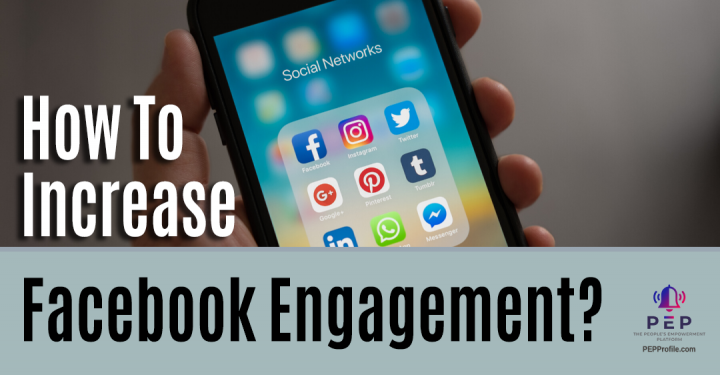
Facebook, as a social media platform is more saturated than any other. Its lucrative multi-billion consumer base means that each brand is competing for a place in the News Feed.
And Facebook’s algorithm changes are reducing the already-scarce space reserved for public pages to an all-time low.
So, how do you attempt to increase your organic exposure?
In a private Facebook webinar that was made public later, Facebook outlined what it deems ‘meaningful.’
Pay attention – because this is very important for those who are looking to increase their exposure on the platform.
Here is the list of ‘priorities’ that get preference in the News Feed:
Interestingly, Facebook has also identified another content format that drives engagement, provides value and increases exposure – native and live videos. Not only do videos allow you to rank higher in the News Feed, the ones with higher watch and completion rates get preference over those that are not completed.
Similarly, videos that are clicked on and unmuted also rank above videos that remain muted.
Ultimately, there are thousands of factors that can signal Facebook what is ‘meaningful’ or not. It can be a trigger word (like congratulations) to whether you clicked on the post link before liking it.
Your level of exposure ultimately narrows down to how engaging and meaningful your content is.
Here are the 6 key takeaways from this discussion:
Have you also been experiencing a decrease in Facebook exposure? How did you attempt to counter it? I’m eager to know – let me know in the comment box below.
Thank you for being a part of The PEP Profile. If you’re not yet a member but would like to join the discussion, you can request an invitation to The PEPPROFILE.COM
References
https://s21.q4cdn.com/399680738/files/doc_financials/2018/Q4/Q4-2018-Earnings-Release.pdf
https://www.facebook.com/business/news/Organic-Reach-on-Facebook
http://social.ogilvy.com/facebook-zero-considering-life-after-the-demise-of-organic-reach/
http://www.adweek.com/digital/socialflow-media-reach-facebook-study/
https://newsroom.fb.com/news/2018/01/news-feed-fyi-bringing-people-closer-together/
https://blog.bufferapp.com/facebook-marketing-strategy#page-engagement
https://wallaroomedia.com/facebook-newsfeed-algorithm-history/#nine
http://newsroom.fb.com/news/2016/03/news-feed-fyi-taking-into-account-live-video-when-ranking-feed/
https://newsroom.fb.com/news/2015/06/news-feed-fyi-taking-into-account-more-actions-on-videos/
Login with a social network